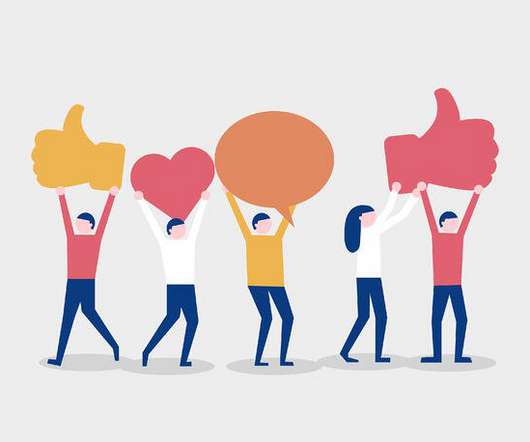What is relationship marketing: examples and strategies
BirdEye
JULY 5, 2023
Relationship marketing is the strategy of cultivating meaningful relationships with customers to ensure long-term satisfaction and brand loyalty. This strategy uses online and offline communication channels for your business to build stronger relationships with your customer base. Why does relationship marketing work?
















Let's personalize your content